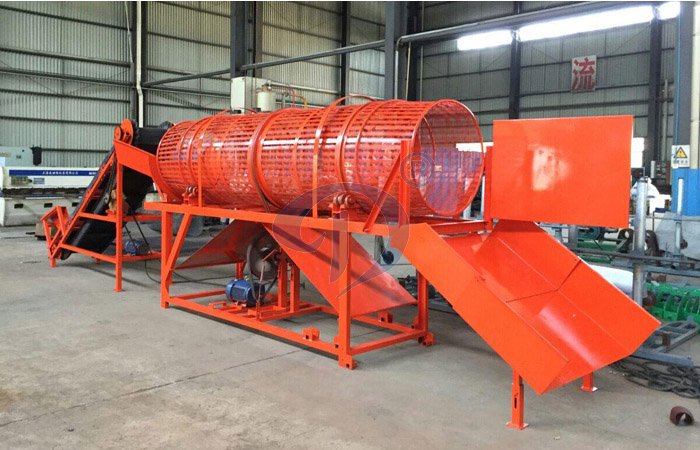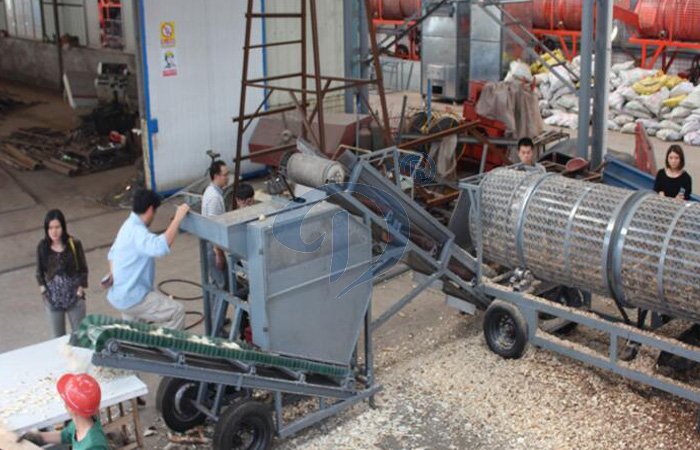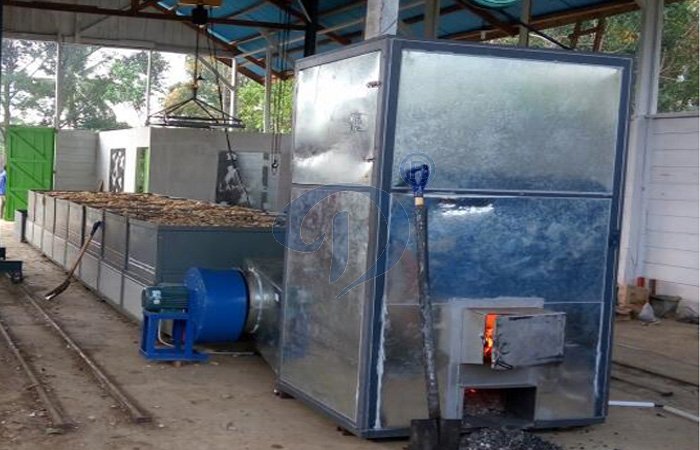How to process cassava into cassava chips?
FAQ / Chat online / Technical support / June 19, 2019
Animal feed has always been a major limiting factor in the growth of the livestock industry in developing countries. Most of the feed ingredients are imported and a large proportion of foreign exchange is spent for this purpose. This paper discusses the unit operations in the production process for cassava chips, pellets, and feed grade single cell protein from cassava roots and by-products, together with current research efforts to improve these processes.
Small farmers choose to process cassava into cassava chips for animal feed in the form of cassava chips, pellets and feed grade single cell protein. The cassava plant, made up of the roots, leaves and stem, is a good source of carbohydrate and protein. The different parts of the plant can be used as animal feed. The cassava roots can be chipped or pelletized and used as feed, while the root peel, broken roots, fiber and baggase from cassava starch processing and garri processing can be dried and used directly as animal feed or as substrate for single cell protein production. Processing cassava into cassava chips for animal feed is increasing in importance in the developing countries of Latin America and Asia where an export market for this commodity has developed. The European Economic Community imports about 6 million tonnes of cassava annually in the form of pellets or granules.
How to process cassava into cassava chips?
Step 1: Harvesting
Harvest matured cassava from the farm and load it to the processing shed immediately. If the quantity of cassava harvested can not be carried in the same day for logistic reasons do not detach the cassava from the stem and leaf until the vehicle to carry it is ready. That is to say, fermentation will not occur if the cassava is still attached to the leaf and stem even if it has been uprooted. But care must be taken not to bruise the cassava when uprooting it.

Cassava chips machine
Step 2: Washing and peeling cassava
Our cassava peeler could handling large capacity of cassava and well cleaning. This cassava peeler machine is with stable operation and easy maintenance etc. 1. peeling 2. washing 3. do not hurt the material 4. material to the next stage automatically.

Cassava chips machine
Step 3: Chipping
The next unit operation is chipping. As is common in household processing this is done by hand or by a simple machine which consists of a driven disc with radial chipping slots fitted with cutting blades. The type consists of a heavy rotating circular steel plate about 12 mm thick and 1m in diameter to which six blades are attached.
The blade consists of a 1-1.5 mm steel plate that is corrugated at the cutting edge. The chipping wheels are usually mounted in wooden frames incorporating feed hoppers and driven by petrol, diesel, kerosine or electric motors.

Cassava chips drying machine
Step 4: Drying
Drying methods can be classified according to the technological level and cost. Natural drying, one of the methods, is done on cement floors which are sometimes painted black for better absorption of radiant energy or on trays for artificial drying. In artificial heat dryers, all these parameters can be optimized to minimize the drying time and guarantee a high quality product.
If you are interested in our cassava chips machine , and want to get more information about the cassava chips machine,weclome to contact us,we will service you at 24 hours.
contact us
- Do you want to buy machine?
- Yes, I want to buy machine
- No, I want to learn more in advance.
- What is your raw material?
- Cassava
- Potato
- Sweet potato
- Others
- 2. What is the final product you want to produce?
- Garri
- Cassava flour
- Cassava starch
- Cassava chips
- Attiekie
- Bammy
- Others
- 3.What is your capacity plan?
- Small scale garri machine
- 1ton per day
- 2tons per day
- 3tons per day
- 10tons per day
- 20tons per day
- Others
- 3.What is your capacity plan?
- Small scale
- 5tons per day
- 10tons per day
- 20tons per day
- 50tons per day
- 100tons per day
- Others
- 3.What is your capacity plan?
- Small scale
- 5tons per day
- 10tons per day
- 20tons per day
- 50tons per day
- 100tons per day
- 200tons per day
- 300tons per day
- Others
- 3.What is your capacity plan?
- Small scale
- Middle type
- Large scale
- What is your capacity plan?
- Small scale
- 5tons per day
- 10tons per day
- 20tons per day
- 50tons per day
- 100tons per day
- 200tons per day
- 300tons per day
- Others

 Call us
Call us Chat online
Chat online
